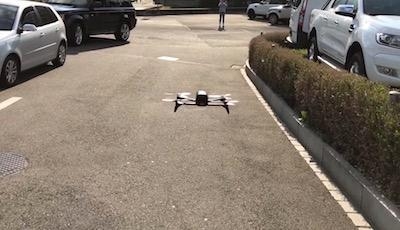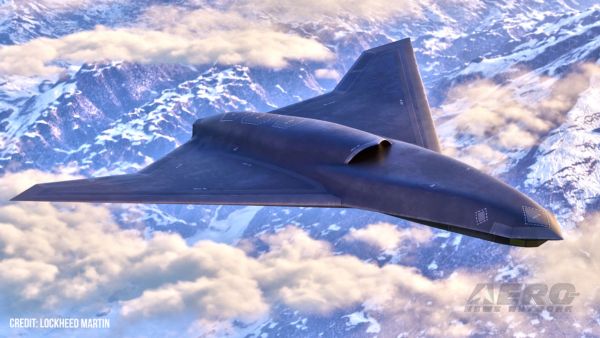Thu, Feb 01, 2018
Advertisement
More News
 Aero-News: Quote of the Day (09.26.25)
Aero-News: Quote of the Day (09.26.25)
“The goal is to also get to a semi-autonomous first flight, which means takeoff and landing will be done via push of a button. There is no stick and throttle. It will be able>[...]
 ANN's Daily Aero-Term (09.26.25): Hazardous Weather Information
ANN's Daily Aero-Term (09.26.25): Hazardous Weather Information
Hazardous Weather Information Summary of significant meteorological information (SIGMET/WS), convective significant meteorological information (convective SIGMET/WST), urgent pilot>[...]
 ANN's Daily Aero-Linx (09.26.25)
ANN's Daily Aero-Linx (09.26.25)
Aero Linx: International Bar Association Aviation Law Committee The Aviation Law Committee is concerned with several major areas of law. Aircraft transactions and financing are alw>[...]
 Classic Aero-TV: Service & Support Guidelines - The Care and Feeding of a Rotax
Classic Aero-TV: Service & Support Guidelines - The Care and Feeding of a Rotax
From 2016 (YouTube Edition): Rotax Supports Their Engines With Training, Information, And Rapid Parts Service… Anyone who is even slightly familiar with sport aviation and h>[...]
 NTSB Prelim: Vu Holdings LLC/DBA Vanilla UN VA 001
NTSB Prelim: Vu Holdings LLC/DBA Vanilla UN VA 001
The UAS Experienced A Total Loss Of Engine Power And Began An Uncommanded Descent On August 20, 2025, at about 0632 Alaska daylight time, a Platform Aerospace VA 001 Unmanned Aeria>[...]
blog comments powered by Disqus




